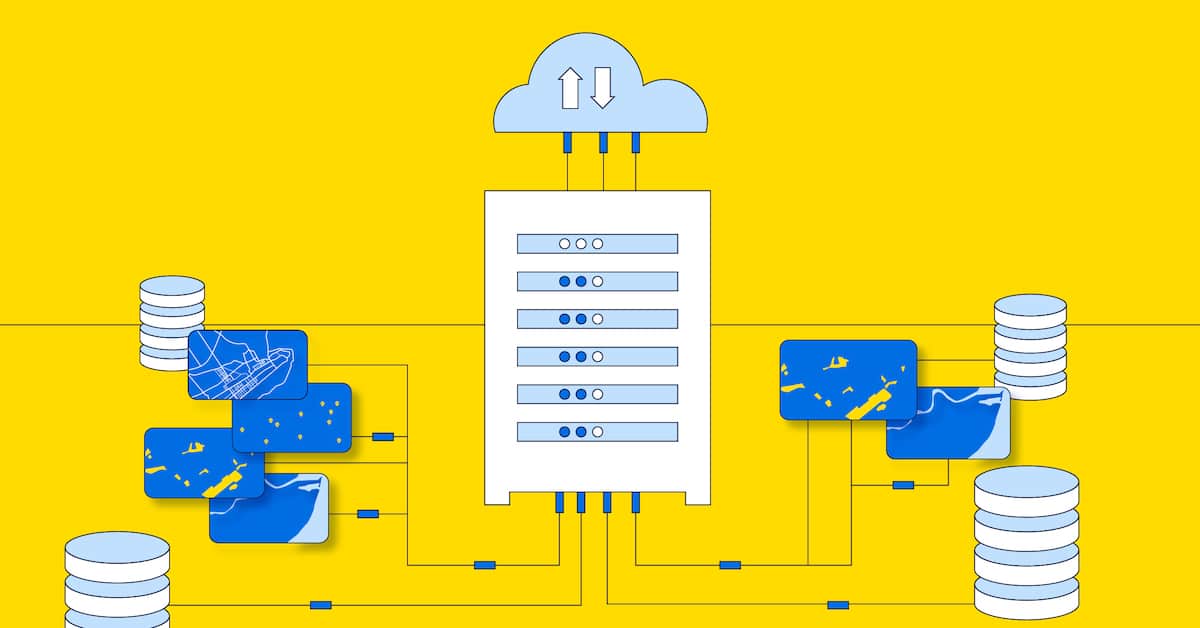What is GIS?

GIS is an abbreviation for geographic information systems and, more specifically, it is a computer software program that functions as a specialized tool for managing, visualizing, and analyzing location-based or geospatial data about people, places, and things on and under the Earth’s surface. The goal of using GIS is to arrive at a better understanding of the relationships between the very dynamic daily activities that occur on Earth by performing a geospatial analysis.
GIS has a close relationship to cartography, or the study of mapmaking, which seeks to represent objects on the Earth graphically, taking into consideration several unique characteristics about our planet. Fundamentally, maps show us objects on a 2-dimensional plane, like a piece of paper, that are present on a 3-dimensional surface, like the globe. Similarly, GIS uses the digital representations of these objects, and processes these data, accounting for the shape of the Earth.
Why are geographic information systems important to businesses today?
To understand more about the functionality of GIS software and how a geospatial analysis is performed, you don’t need to have studied the applications of GIS. We “think spatially” every day and we regularly ask spatially-related questions all the time. For example, if you want to order pizza, your favorite pizza place will take your order online. Simply by obtaining your address, they will take into account your current position, the different locations of the closest restaurant franchise, and then deliver it to you in the fastest way possible!
From a business perspective, the vice president of real estate for a fast-food restaurant will ask his team to “find new store locations where the traffic counts are higher than the daily average between 10 AM and 2 PM, are located near street intersections, and that have the capacity to hold 50 parked cars.” This is a very routine spatial problem that can be answered by using the analytical querying capabilities of GIS.
Another form of location analysis involves the combination of tabular data with location data. For example, each country will routinely undertake a population census. The population count is generally assigned to an administrative boundary, such as a ZIP code or census tract. Census data is usually more than just a population count and may include information such as race, ethnicity, age, income, or education. Combining both the census data with boundary data provides the necessary elements to create a variety of “thematic” maps, useful to government policymakers and businesses alike. Each thematic map is usually represented by differing shades and colors for boundaries, lines or point locations. Boundaries, lines and points are referred to as geographic “primitives” as they are the building blocks of digital geographic data. Typical thematic maps include the ability to visualize the total population within a city or the average expenditure on clothing by ZIP code.
Who uses GIS?
GIS technology has evolved over its 50-year history to become an indispensable tool for businesses, government, non-profits, and others. There are a wide range of industries, using GIS software:
- Retailers use GIS to help locate sites for new stores.
- Insurance companies use GIS to support the underwriting and pricing of insurance policies.
- Banks use the technology to target new customers for credit cards or checking accounts.
- Transportation and logistics companies use the technology to route their fleets more efficiently.
- Utility companies leverage the location of “smart sensors” to track energy usage by neighborhood and mitigate outages from bad weather.
Governments also use the technology in a variety of ways from city planning to tax collection. Cities especially utilize GIS to plan for road repairs, remove snow after storms, pick up waste from streets or find the optimum location for schools. Public safety departments, both fire and police, use the technology to deploy resources according to the need to protect citizens from fire and crime, respectively.
How do I buy GIS software?
GIS is sold by many different vendors and is available as both a desktop and cloud-based solution, or software-as-a-service (SaaS). These options offer users a variety of ways to use the technology for either personal or company-wide applications. Geospatial data is growing rapidly and users can now find data marketplaces that provide extensive portfolios of products for use in every possible industry.
Why work with Korem for geospatial services and as a GIS software provider?
While the availability of solutions is vast, many still consider it a technology that is not easy to use. Here, Korem provides strategic consulting and contract advisory services. As a value-added reseller, we offer an independent, agnostic viewpoint to help clients navigate the numerous possibilities of geospatial information solutions.




